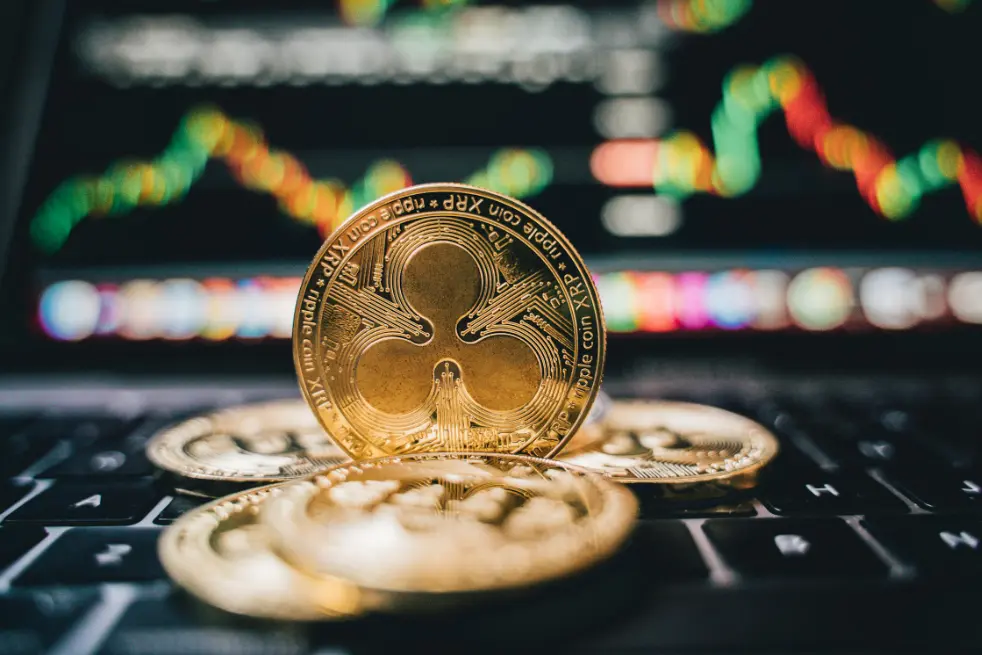XRP and HYPE Whale Moves Dominate, Yet BlockDAG’s $381M Presale Leads the 2025 Race
Liquidity flows remain heavily influenced by whale behavior in both Hyperliquid and XRP markets. Large holders are shaping sentiment with bulk buys and accumulations, often signaling which projects may move next. These whale patterns are still one of the strongest signs traders use when tracking the top cryptos to watch in 2025.
Yet, BlockDAG (BDAG) is proving that strong fundamentals often outweigh hype. With over 25.3 billion coins sold, a fixed listing price of $0.05, and a presale that already passed $381 million, the project shows clear progress. Combined with its hybrid architecture and major global deals, BlockDAG demonstrates the real-world depth that people are increasingly seeking.
Hyperliquid Whales Drive Sharp Breakouts
Hyperliquid whales have shown a more aggressive style. Recent records highlight multi-million-dollar purchases of HYPE tokens around the $45–$50 zone, triggering rallies that carried prices near $60. This surge attracted wider participation from regular traders and improved platform activity.
Their actions suggest they believe in HYPE’s decentralized liquidity structure as a long-term growth driver. These bulk purchases create strong momentum and bring in both small and larger buyers. As whales continue to back HYPE, its scope looks set to expand beyond its DeFi base, gaining traction as one of the cryptos to watch in 2025.

Unlike XRP whales, who act as market stabilizers, Hyperliquid whales act as drivers of quick rallies. Their strategy builds short-term traction by fueling sudden upward moves. With aggressive buying and rapid platform growth, Hyperliquid is gaining recognition as a serious name for 2025, though its momentum-led growth contrasts with XRP’s steadier approach.
XRP Whales Show Confidence Through Steady Accumulation
XRP whales continue to buy large amounts even when the market dips. Reports reveal that hundreds of millions of XRP have been picked up by major holders while smaller traders have exited positions. This buying pattern reflects a strong belief in Ripple’s global payment role and its increasing reach among banks and financial services.
In July, XRP’s price surged from below $2.30 to around $3.65, before sliding back to $2.70. Despite this volatility, whale transfers into private wallets have reduced exchange supply, helping to support price levels. Such moves highlight their steady confidence in XRP’s potential, making it one of the notable cryptos heading toward 2025.

This steady build-up signals long-term positioning rather than short-term speculation. Unlike retail moods that swing quickly, whales maintain discipline in their approach. Their behavior suggests XRP is preparing for larger gains, especially as regulatory clarity draws closer. With whales holding strong, XRP remains a key pick for the coming year.
BlockDAG’s Growth Surpasses $381M and Expands Globally
BlockDAG separates itself from whale-driven hype by showing clear, proven growth. Its presale has raised over $381 million, with more than 25.3 billion BDAG coins sold. The coin is currently priced at $0.0276 in batch 29, with a guaranteed launch at $0.05. Early supporters have already seen a 2,660% ROI since batch 1, highlighting unmatched demand in today’s market.
Adoption numbers strengthen its case further. The X1 mining app now has over 2.5 million users and 200,000 holders. On the hardware side, more than 19,350 miners have been sold, generating over $7.8M in miner sales. Development is also expanding, with around 4,500 developers building 300+ dApps for its ecosystem. These numbers prove that BlockDAG is not just growing on hype but on real usage.

Technically, BlockDAG’s hybrid model supports 15,000 transactions per second and integrates with EVMs. Tools like Dashboard V4, the Explorer, and an exchange simulator improve transparency, giving users live access to ecosystem activity.
Global partnerships further boost its profile. Deals with Inter Milan, the Seattle Seawolves, and the Seattle Orcas expand its brand well beyond crypto. By combining reliable infrastructure with strong real-world visibility, BlockDAG is positioning itself as one of the strongest growth stories heading into 2025.
Final Say
XRP whales continue to stabilize the market, showing trust in its payment utility and strengthening its 2025 outlook. Hyperliquid whales fuel quick rallies that draw fresh attention and liquidity, boosting its short-term rise.
But BlockDAG stands above them both. With $381M raised, 25.3B coins sold, and a current entry price of $0.0276 against a locked listing at $0.05, the project is already proving its strength. With millions of users, thousands of developers, and global partnerships, BlockDAG holds the strongest case for being the top crypto pick of 2025.

Presale: https://purchase.blockdag.network
Website: https://blockdag.network
Telegram: https://t.me/blockDAGnetworkOfficial
Discord: https://discord.gg/Q7BxghMVyu
Disclaimer: This content is a sponsored post and is intended for informational purposes only. It was not written by 36crypto, does not reflect the views of 36crypto and is not a financial advice. Please do your research before engaging with the products.
The post XRP and HYPE Whale Moves Dominate, Yet BlockDAG’s $381M Presale Leads the 2025 Race appeared first on 36Crypto.
You May Also Like

U.S. Democratic Senators propose "Official Income Curbing and Non-Disclosure Act" in response to Trump's relationship with the crypto industry

Stablecoins and RWA cross-border innovation practices, Shanghai seminar discusses the new financial ecosystem
